TABLE OF CONTENTS
Whether you are working as a trainee cook or just want to enhance your skills as a regular home chef, mastering some of the fundamental culinary cuts will take you a step ahead in creating impressionistic and evenly-cooked food. Also, learning the basic knife cuts will make the job of cutting less of a chore.
There is a good reason why the first thing taught to a student and the first line of job that a chef performs constitutes knife work. Preparing meals without mastering some knife cuts is similar to running without understanding how to tie the shoes. So here are some of the most common knife cuts that everyone should be adept at:
Baton
Thick cuts for preparing steak fries or cut chips are delivered in chunky baton cuts that are around 8mm in thickness. Baton is the largest cut in the form of a stick, and it constitutes the intermediary step in medium-sized dicing. If you want to prepare stew with chunks of meat and veggies, you will have to chop potatoes, carrots, and meat in baton, while some people prefer further chopping them into fine cubes.
First, you will have to prepare the vegetables you want to cut by washing them and then peeling. Decide the length and slice it accordingly. The most common dimension of a baton cit is 2 to 2.5 inches/ 0.5 inches.
Batonnet
The most common food item that you get to see in the form of a batonnet is French fries, along with veggie sticks and crudites for dipping. For cutting any vegetable into a batonnet, you will have to square them first and then cut along the length to bring them into 6mm sticks.
If you want to prepare dishes like minestrone where you will need small dice, you will first have to cut the vegetable into a batonnet after which you may chop them down further to 6mm cubes. For mastering a batonnet cut, you will need to be equipped with a sharp chef's knife along with a sturdy chopping board.
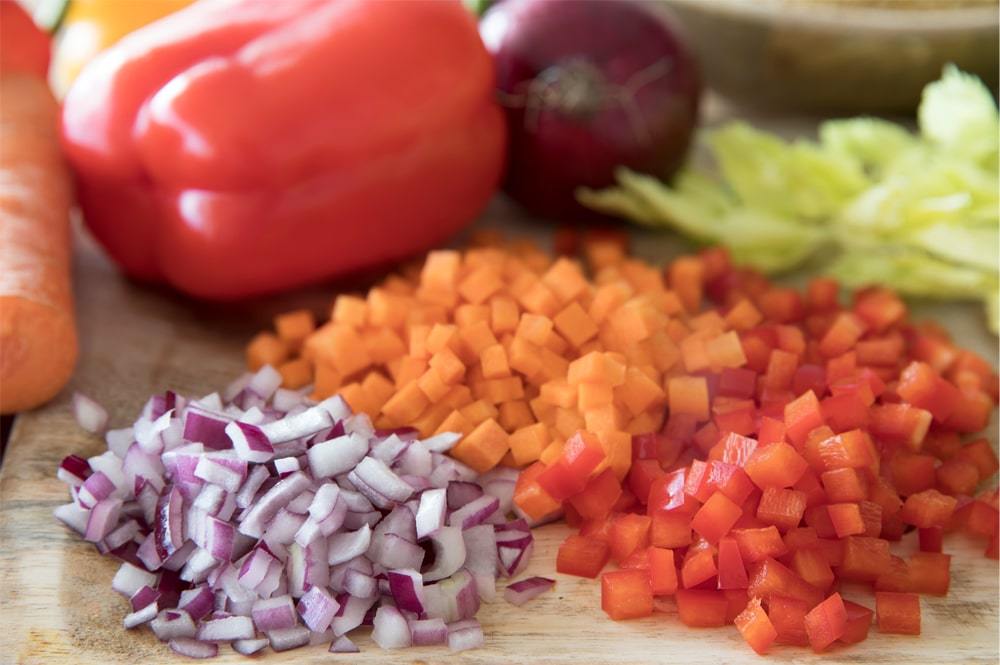
Julienne
Also known by the name of matchstick cut, julienne constitutes a thin and stick-shaped cut. For making julienne cuts, you need to square off the veggies and then cut along the length into 3mm rectangular shapes. Next, you will have to further chop them down for creating matchstick-shaped cuts. This type of cut is generally used for any dishes that require stir-fry as the ingredients can cook quickly and evenly.
Like most other fancy knife cuts, julienne is also a French cutting technique, and it is widely used on various dishes. You can julienne any solid fruits or vegetables with ease. Sometimes, the hand julienne technique is replaced by the use of a mandolin. The thickness of the product tends to vary from one dish to another, and you should continue julienning the produce till you get the preferred thickness.
When making brunoise cuts, you must line up the edges of the vegetables you will cut. If you fail to do this, the perfectly squared dices will be procured. Learning the specifics of this cut may seem intimidating in the first place, but if you practice regularly, it's something that you can easily master.

Brunoise
Brunoise is the finer version of julienne, and it's just a step above mincing. For creating fine-quality brunoise, you will have to hold the strips of julienned vegetables together and dice further to create even cubes of 3mm. This type of cut is mostly used in the preparation of dips and sauces such as tomato concasse. You can also go for these cuts for preparing aromatic garnish on soups or fries. It's important that you take the sharpest possible knife for making the brunoise; otherwise, achieving such intricate cuts will be extremely difficult.
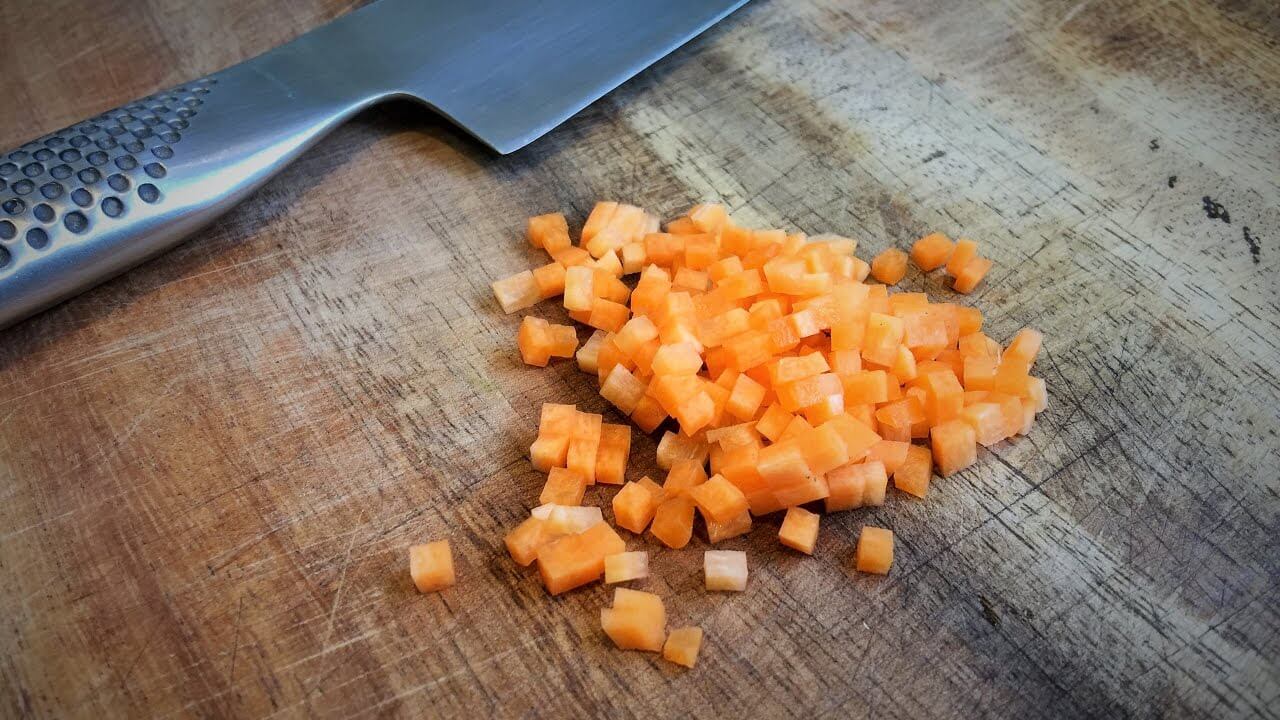
Paysanne
Paysanne is a cut that most home chefs opt for too often without actually realizing that the cuts have got a fancy French name. The word 'paysanne' means 'country-style' and implies a rough cut used to prepare wholesome meals for the entire family. All you have to do is thinly chop the vegetables along the natural order of the veins rather than squaring them off.
For instance, you will bring able to cut a carrot in paysanne with thinner circles and varying diameters. Some people get confused between jardiniere and paysanne. But jardiniere constitutes cutting vegetables into thick batons, and they are most commonly found in vegetables that are frozen.

Chiffonade
While all the basic knife cuts mentioned above are applicable for larger and hard vegetables, the chiffonade cut is mostly used for leafy vegetables and herbs. This French term literally translates to made of rags. For preparing fine chiffonade cuts, you will have time to stack up all the leaves together and roll them up tightly. Then you will have to hold the roll with one hand and slice the leaves making perpendicular cuts.
With practice, you can have a fine chiffonade similar to thin ribbons of exotic leaves and herbs like sage, mint, basil, lettuce, spinach, and others that can be used for garnishing. On the other hand, larger and coarser chiffonade is used for preparing leafy greens that can be used for sauteing.

The Bottom Line
Recipes are often prepared to consider the cuts and their sizes since it will take less time to cook medium to small diced vegetables than large cuts. Also, if you wish to improve your cooking game and make the job in the kitchen easier, you need to pay attention to uniform cuts.
Understanding the basic knife cuts is crucial for some obvious reasons. If you are preparing a recipe that calls for chiffonade basil or julienne carrots or brunoise potato, it's imperative that you know these terms. These terms are not regularly used, but if you follow cook shows and culinary magazines, you will often run into these names.


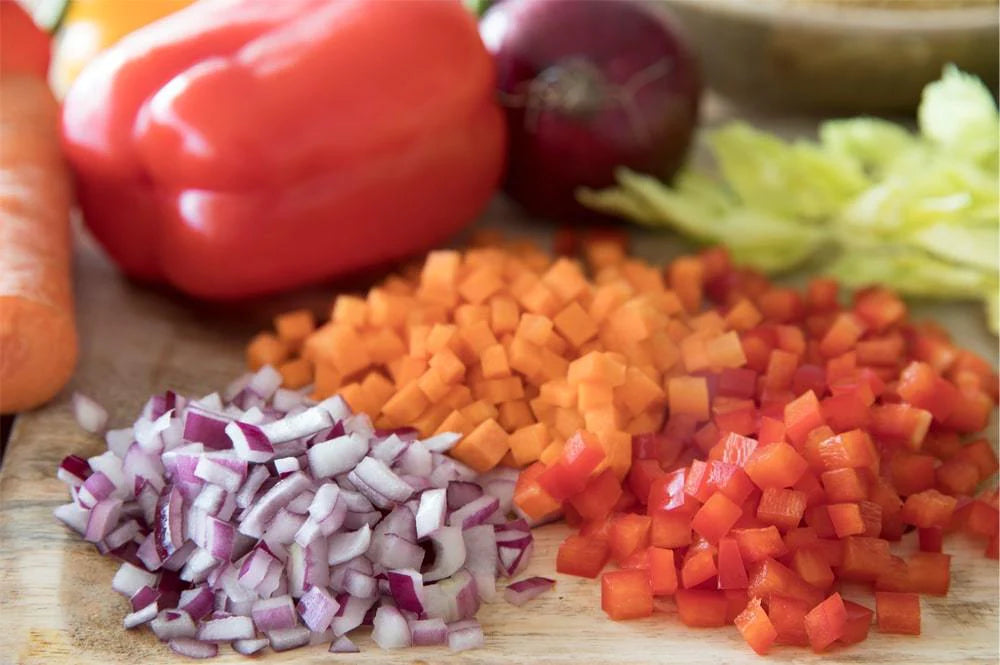
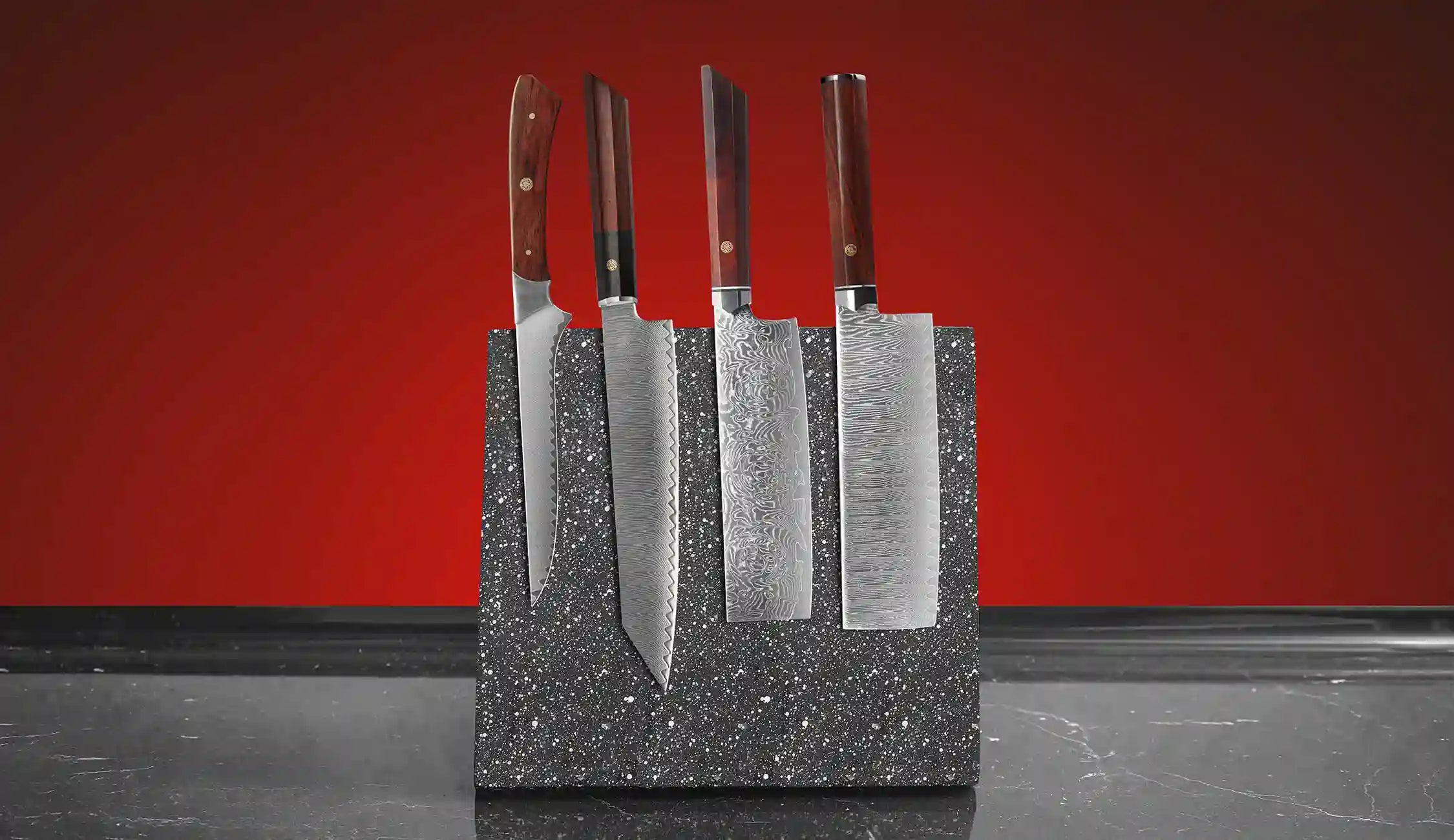
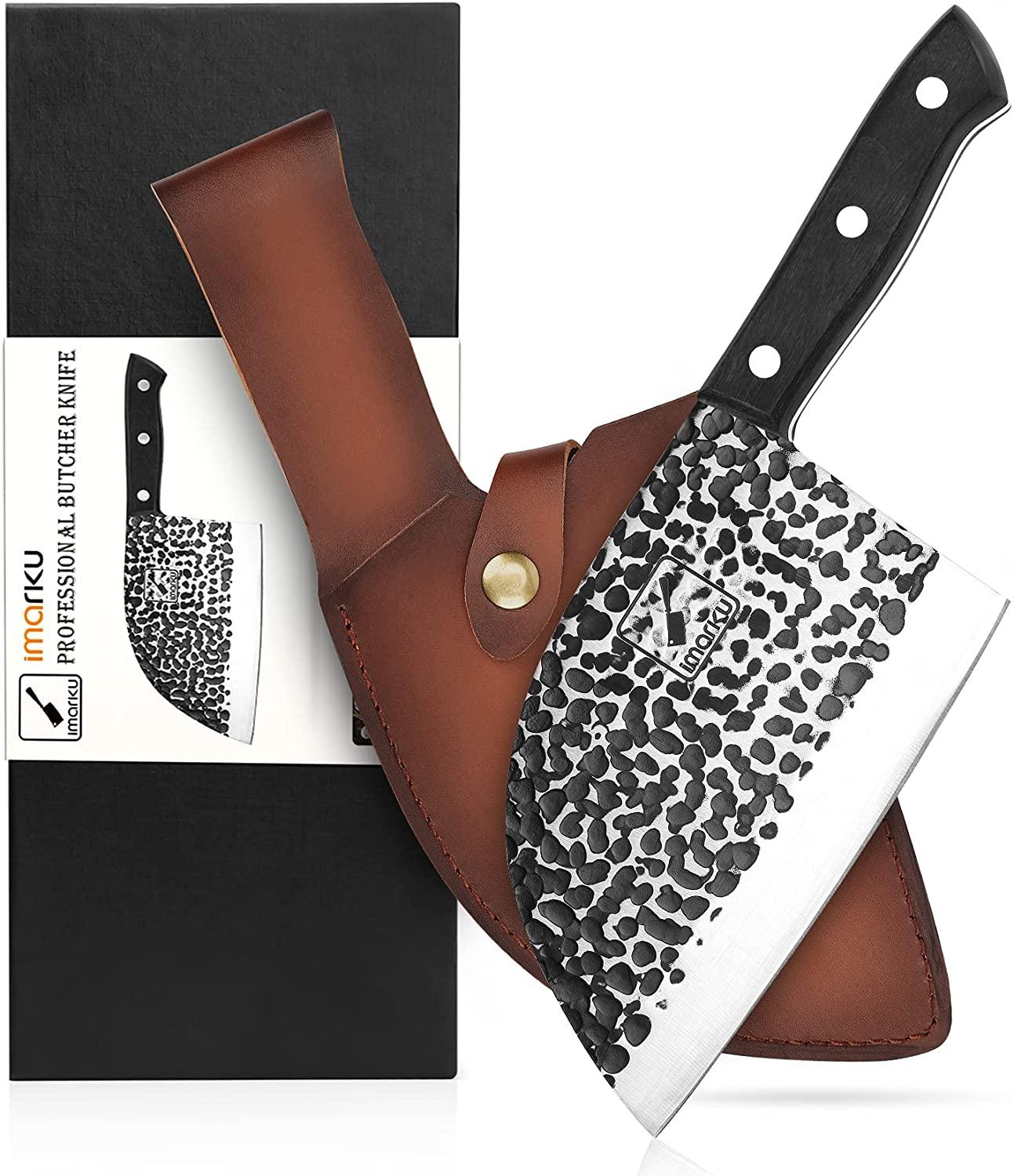

















Leave a comment
All comments are moderated before being published.
This site is protected by hCaptcha and the hCaptcha Privacy Policy and Terms of Service apply.